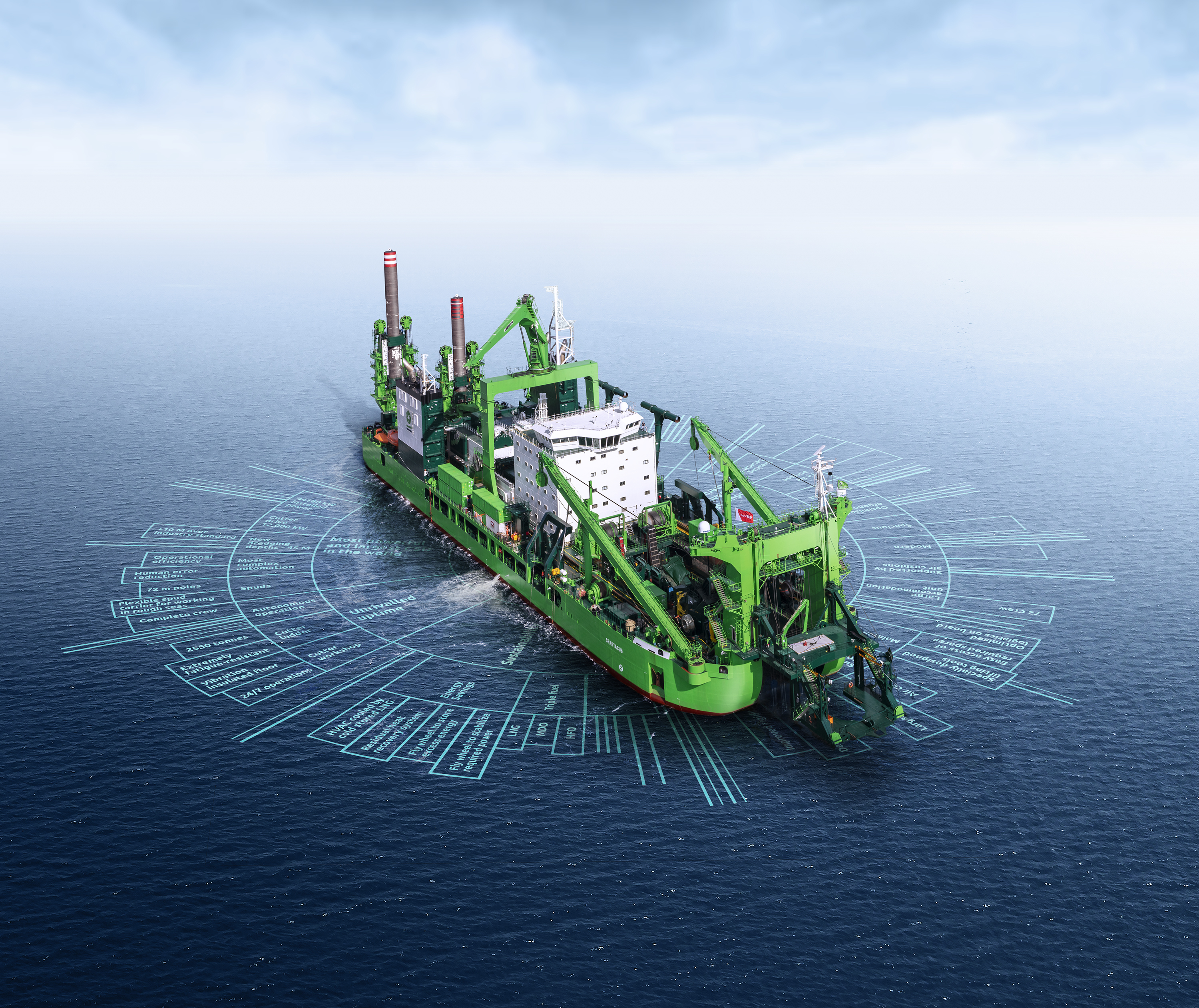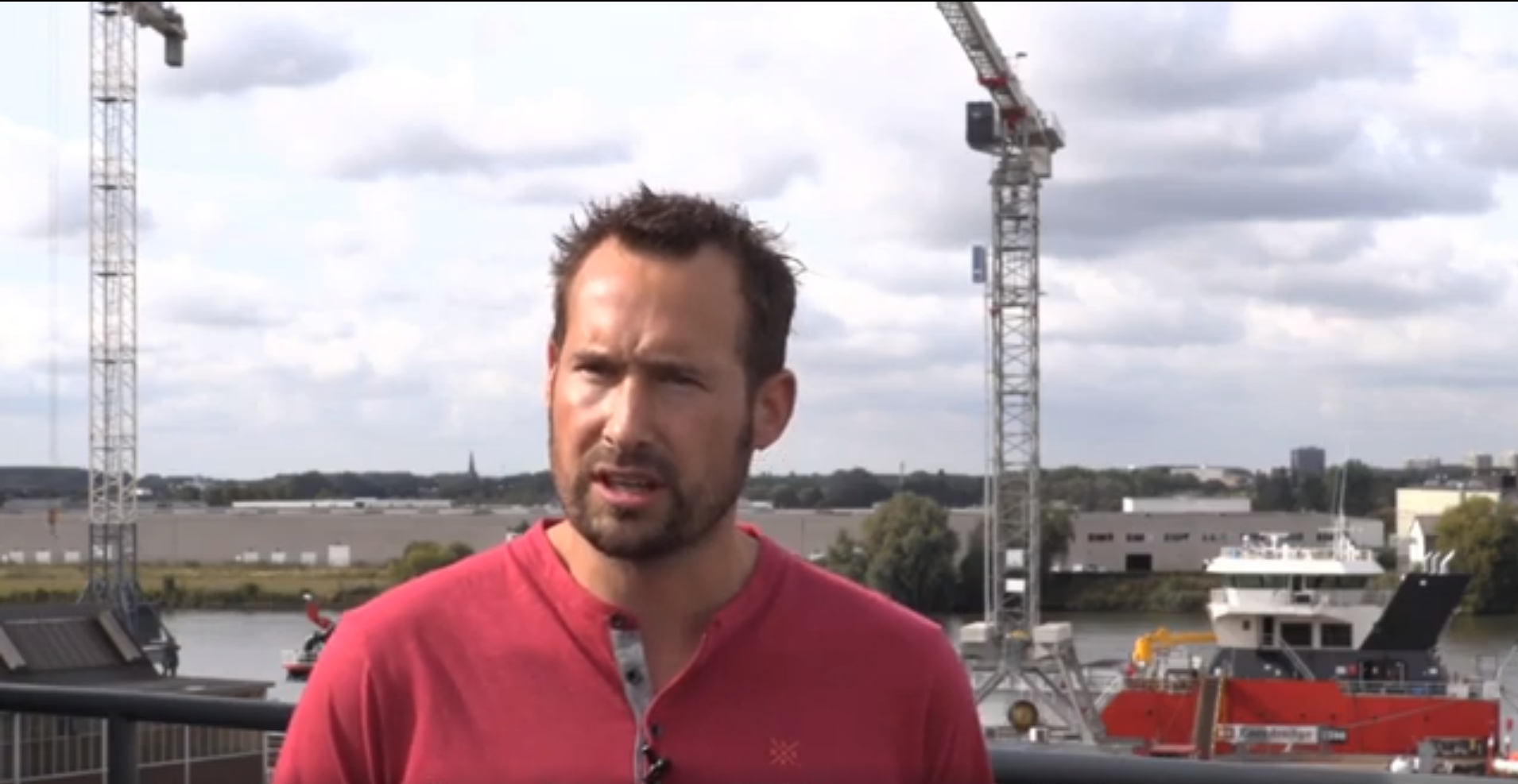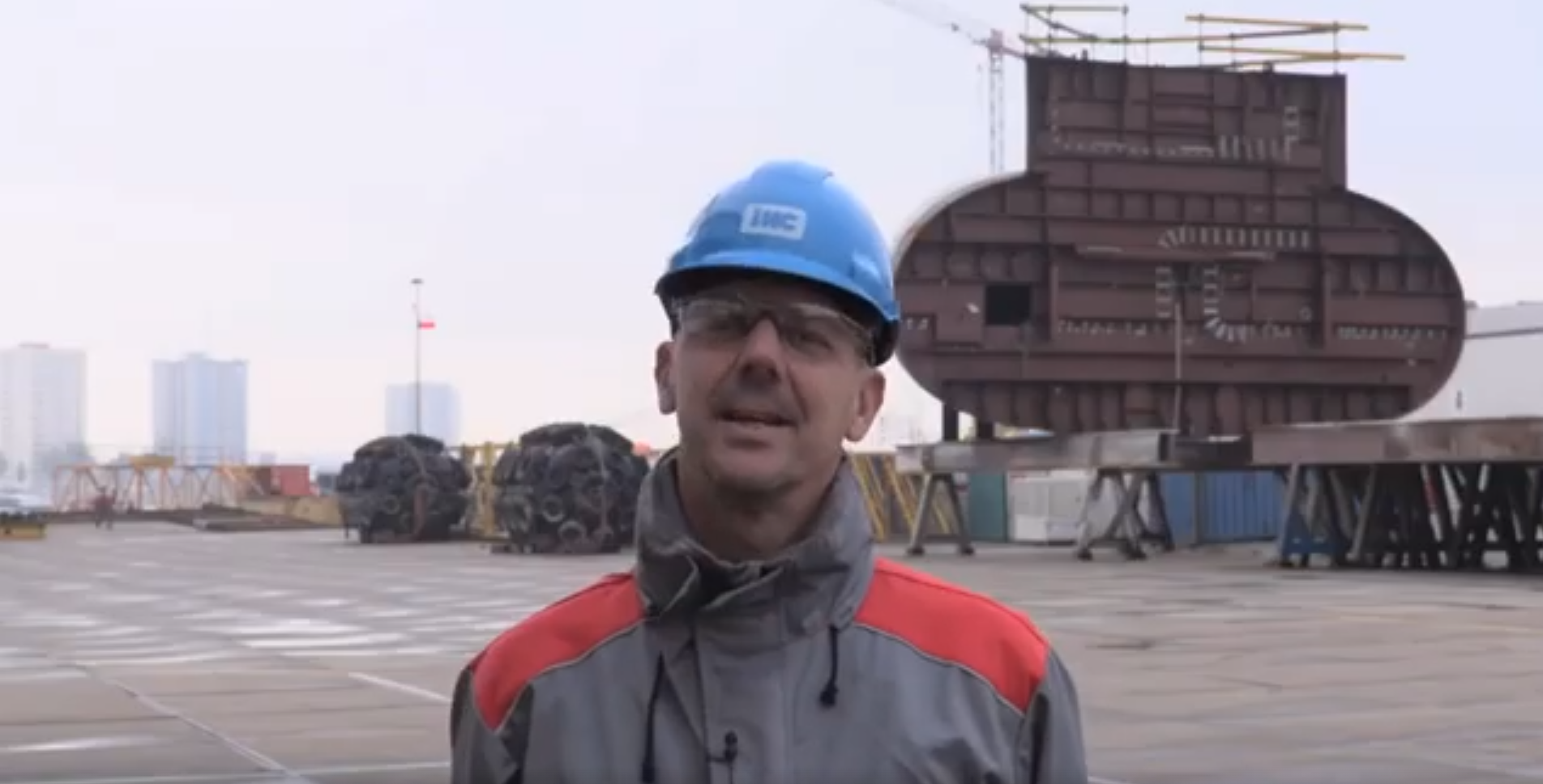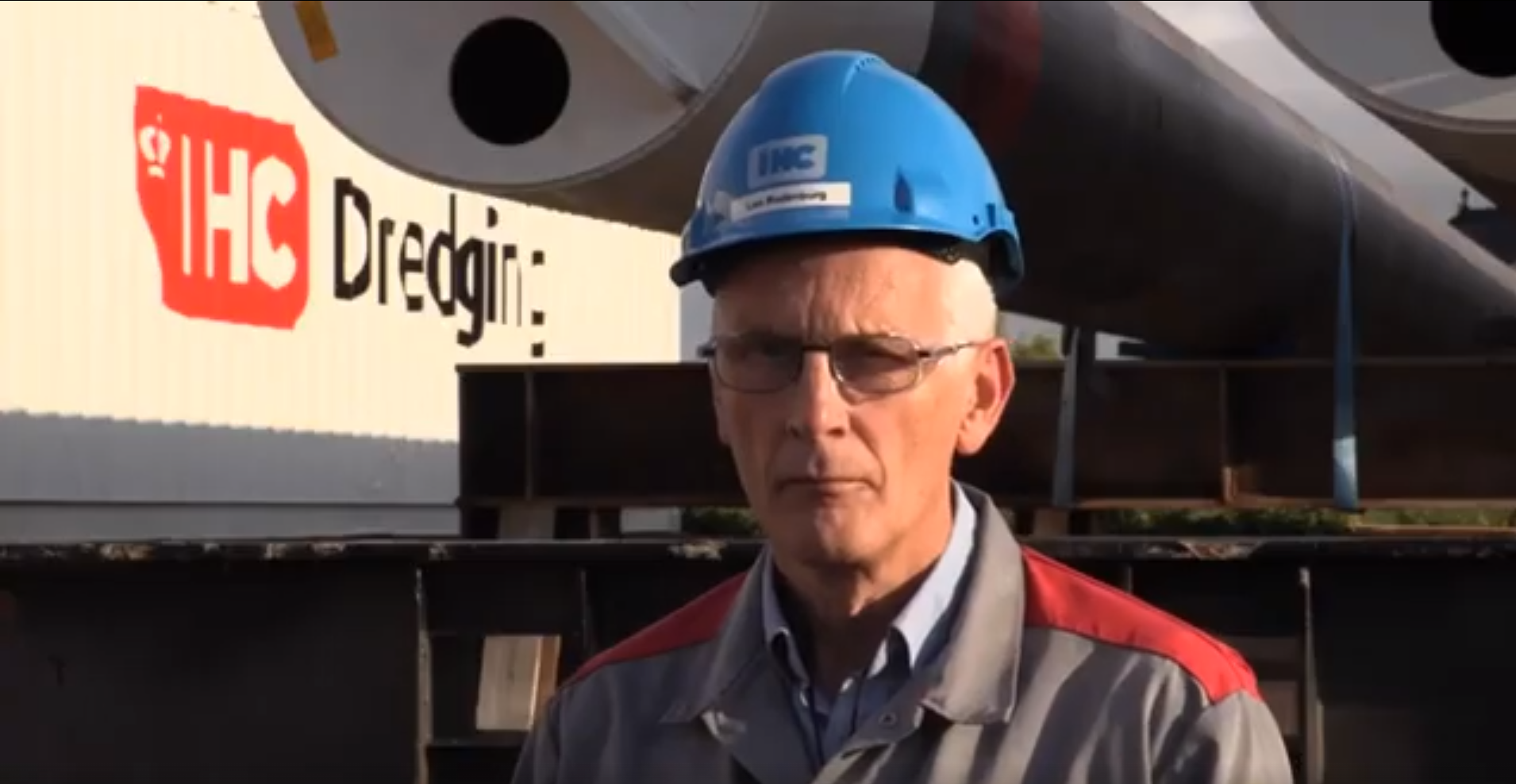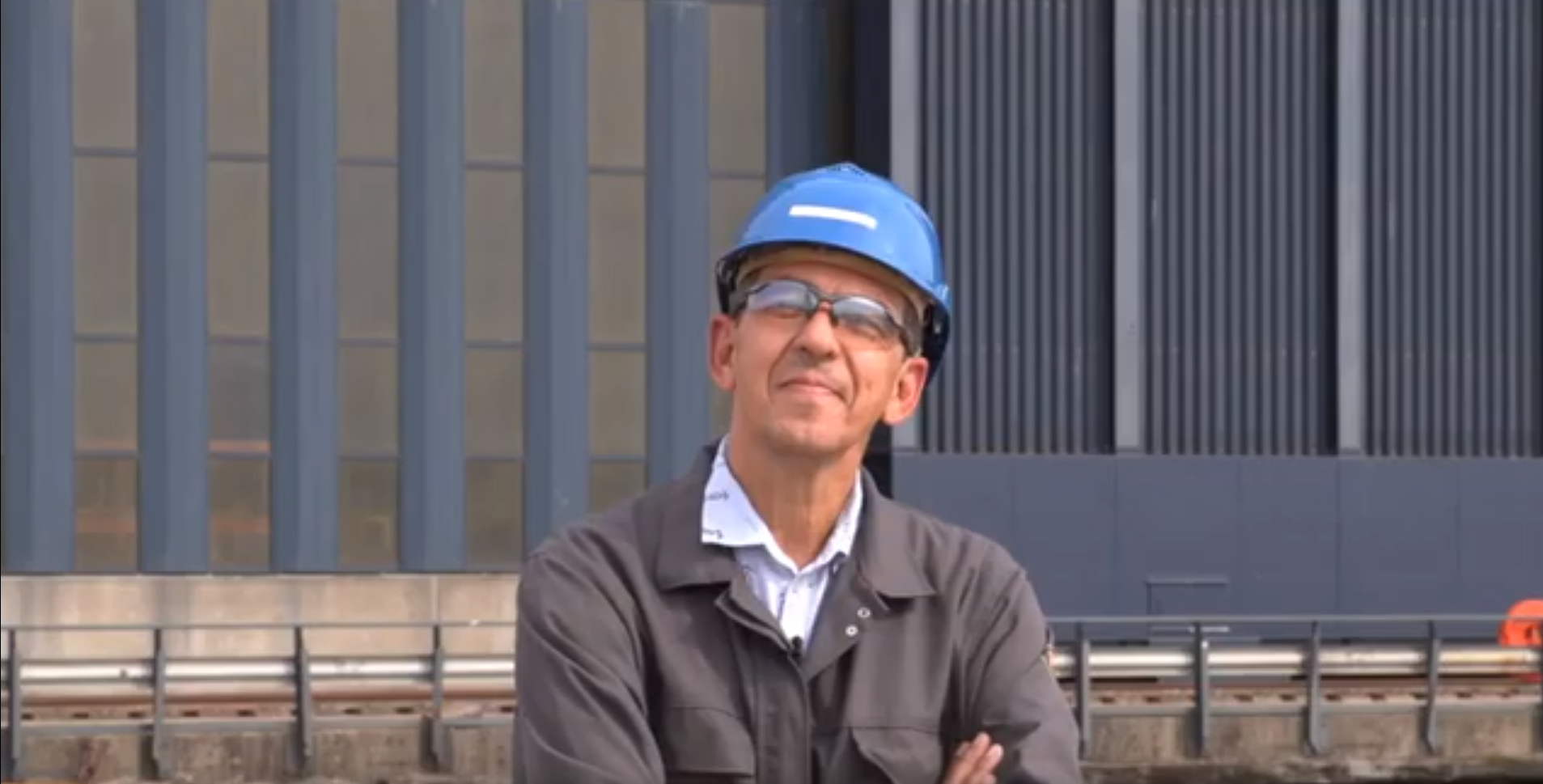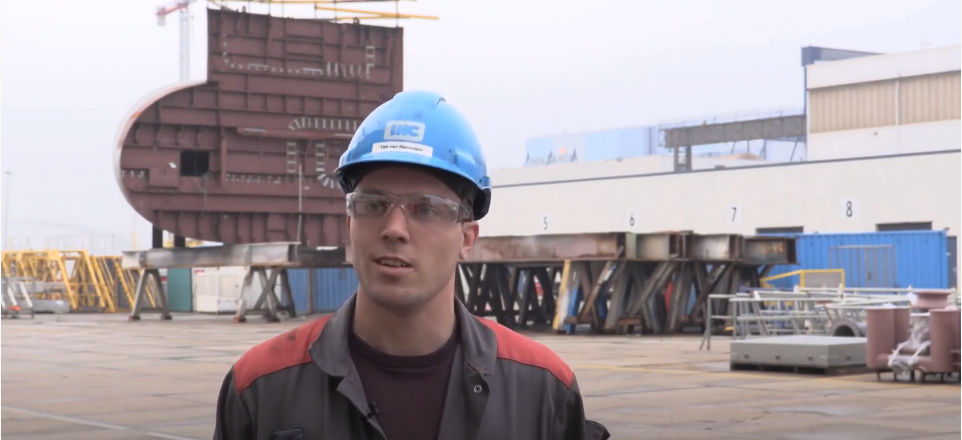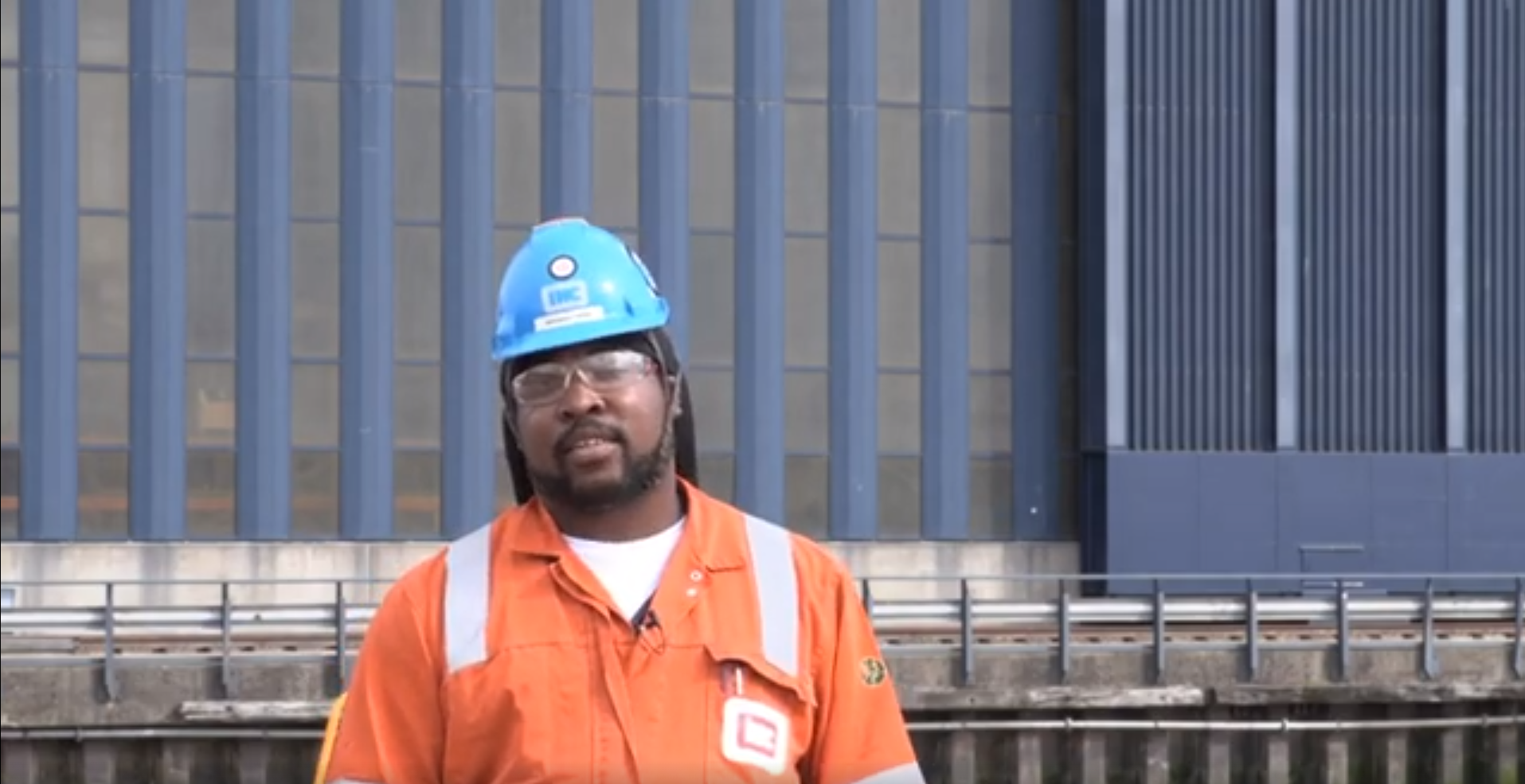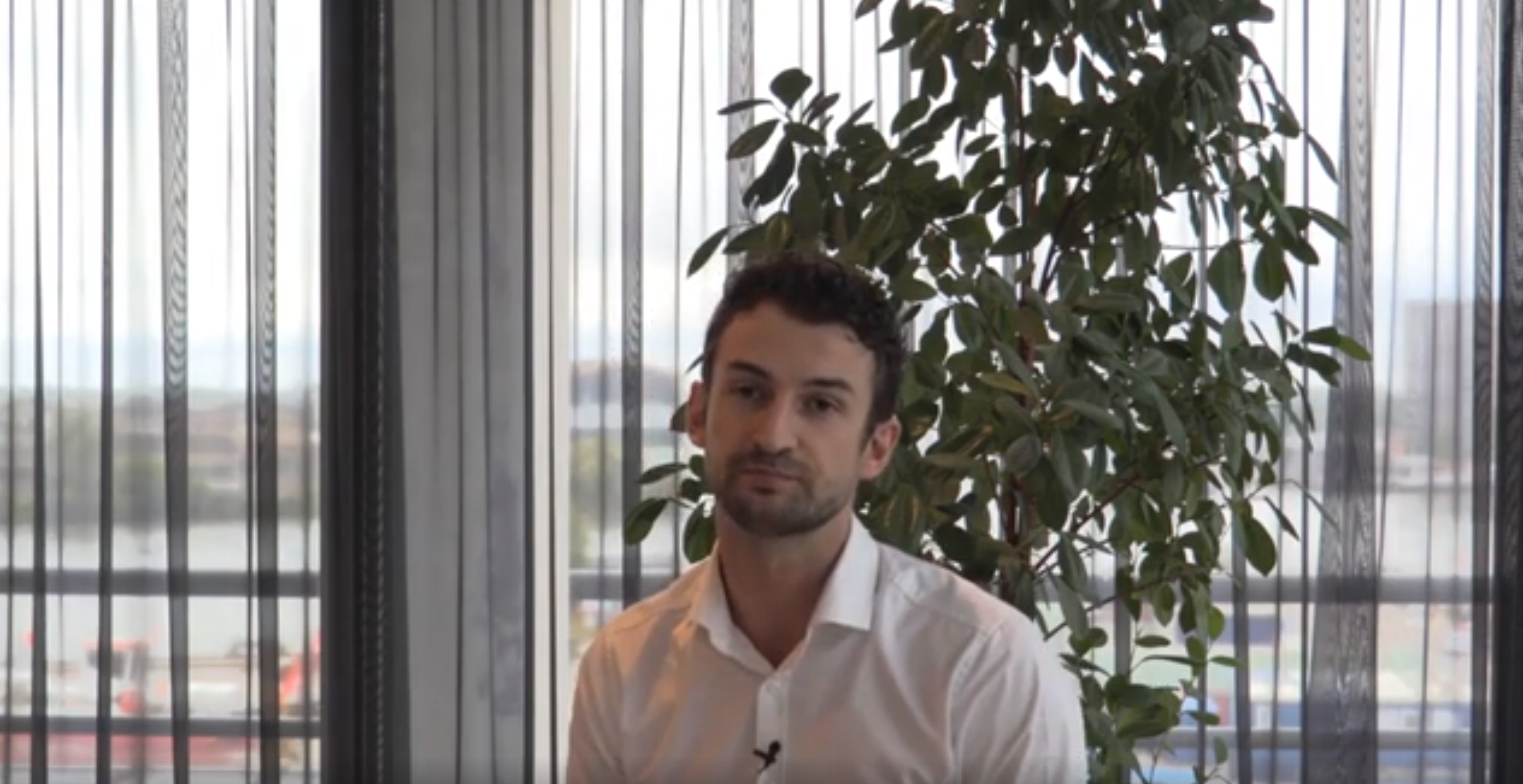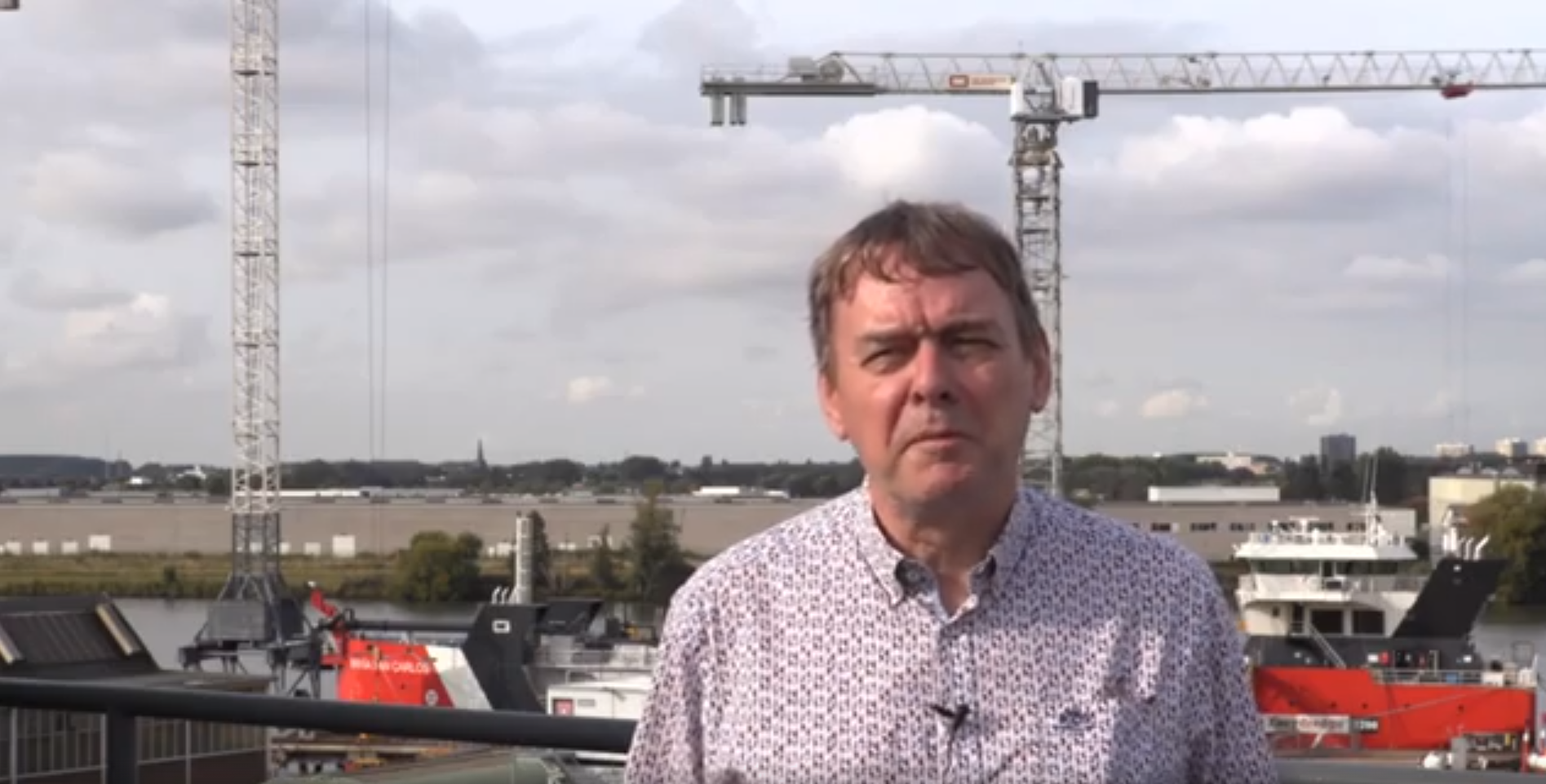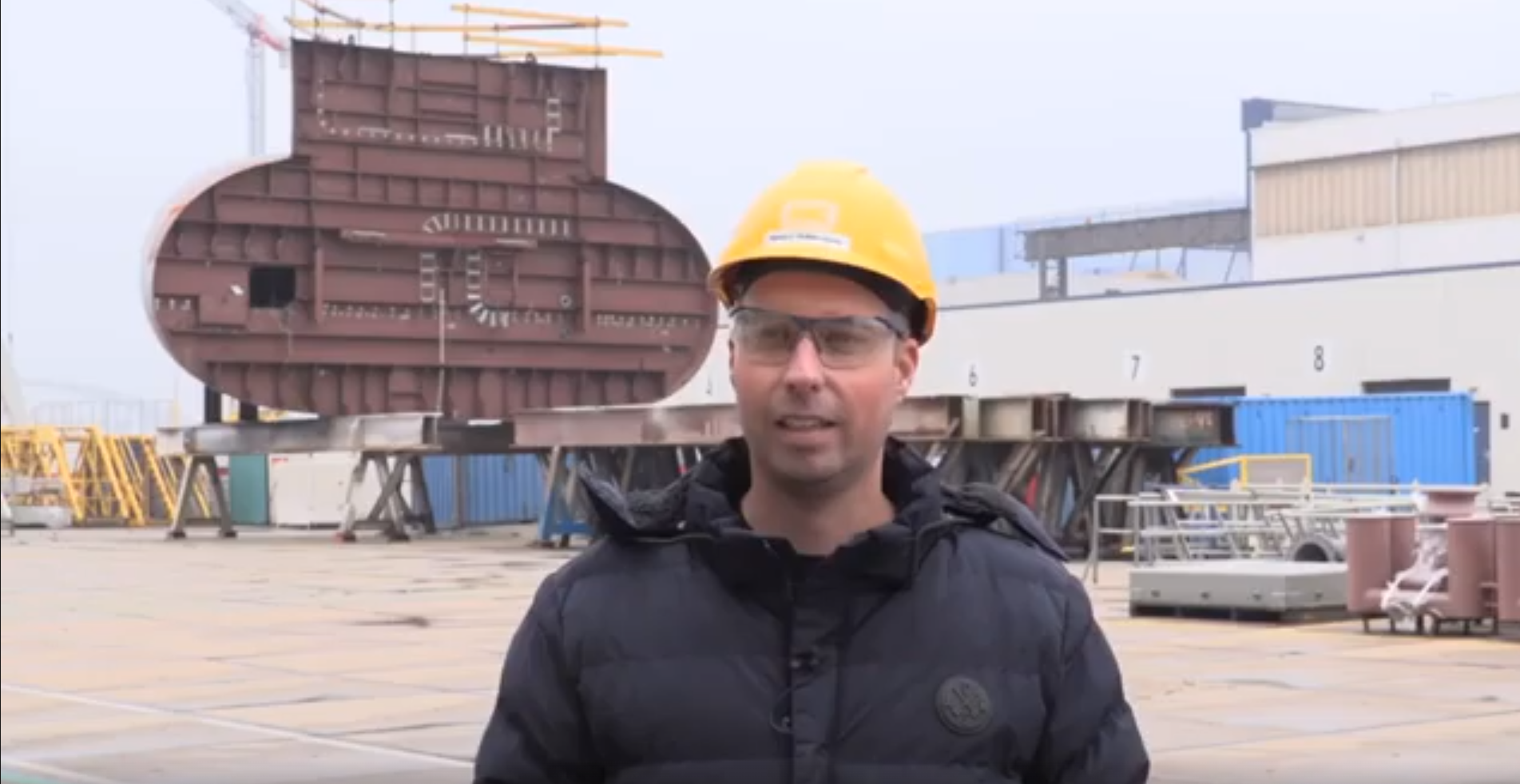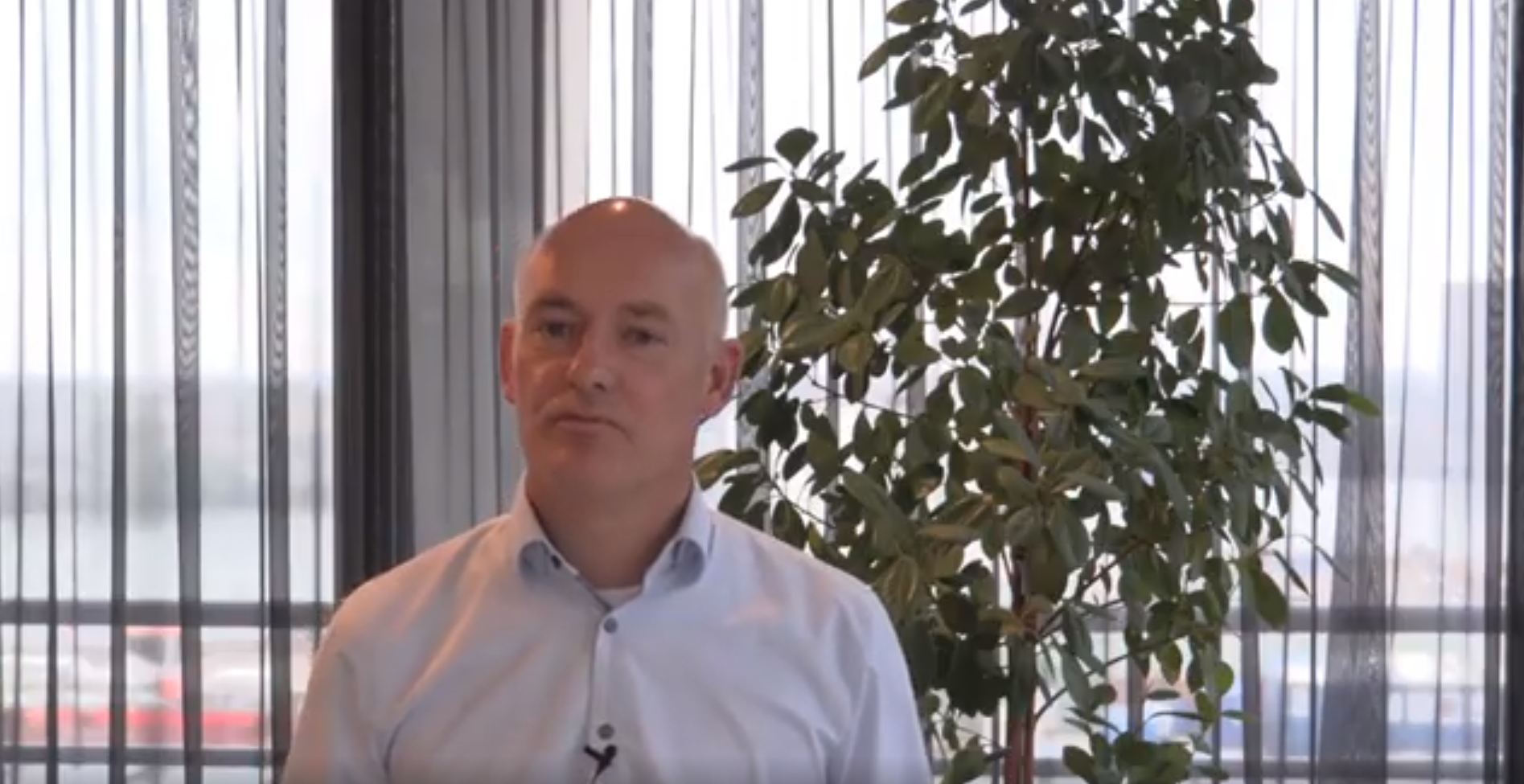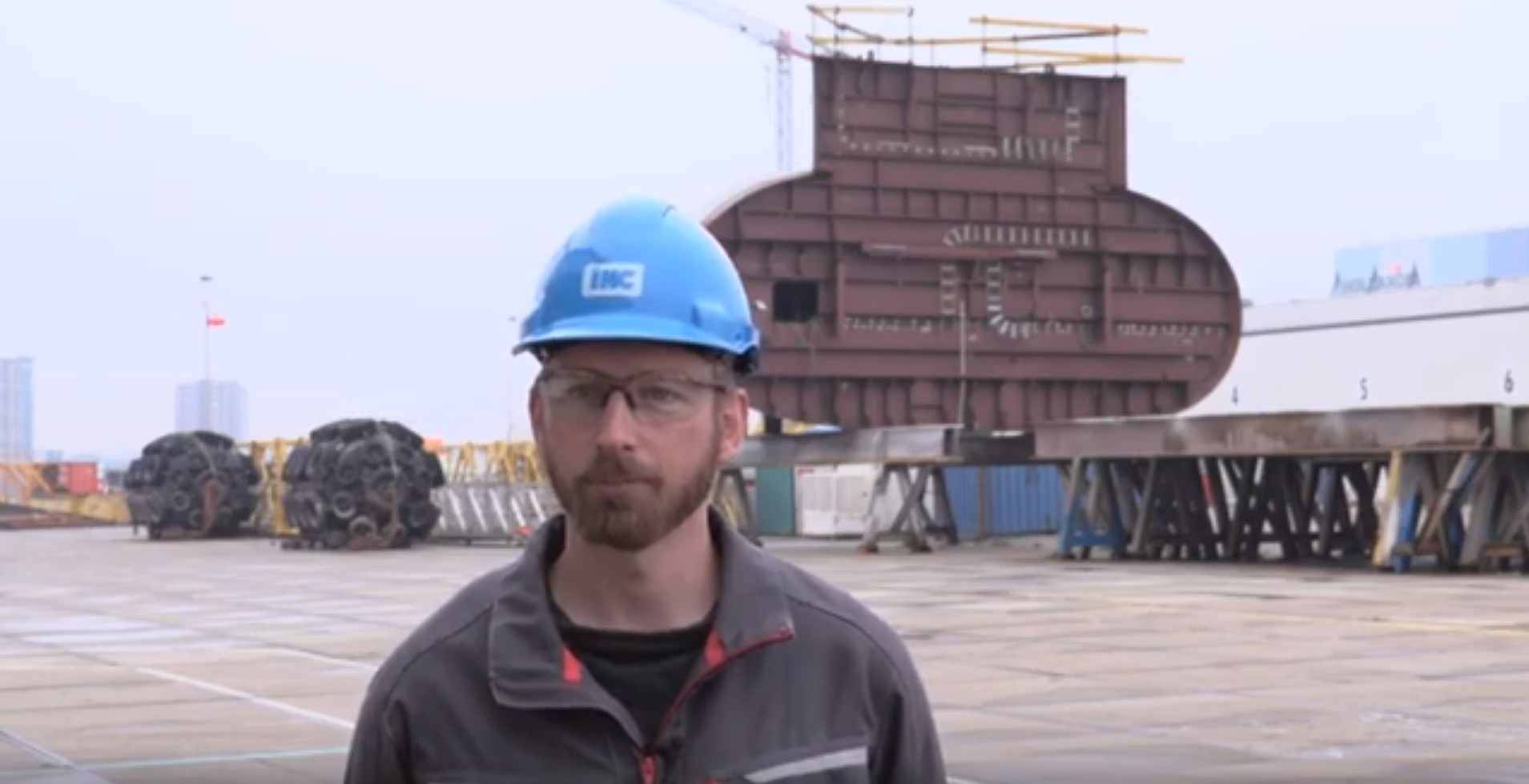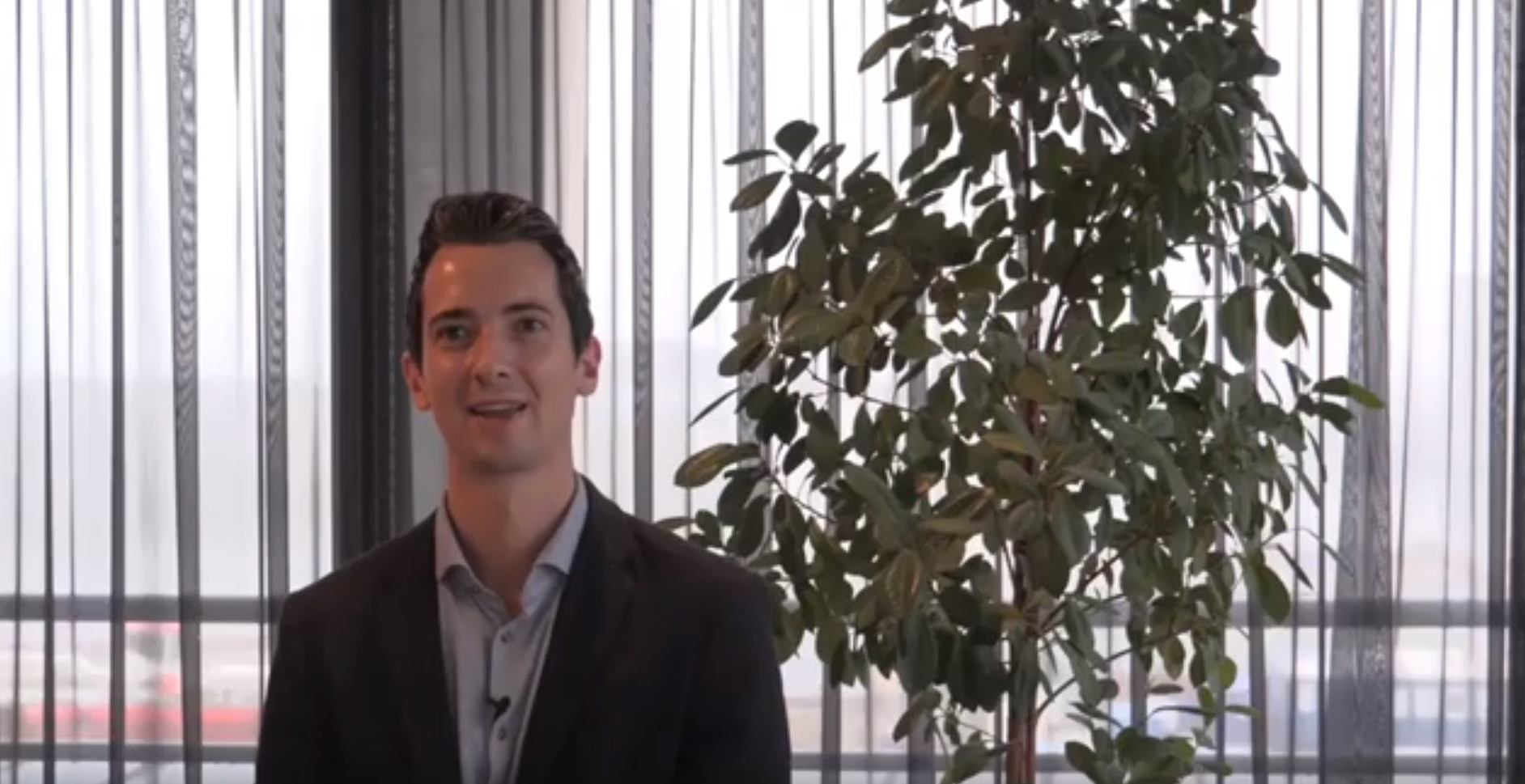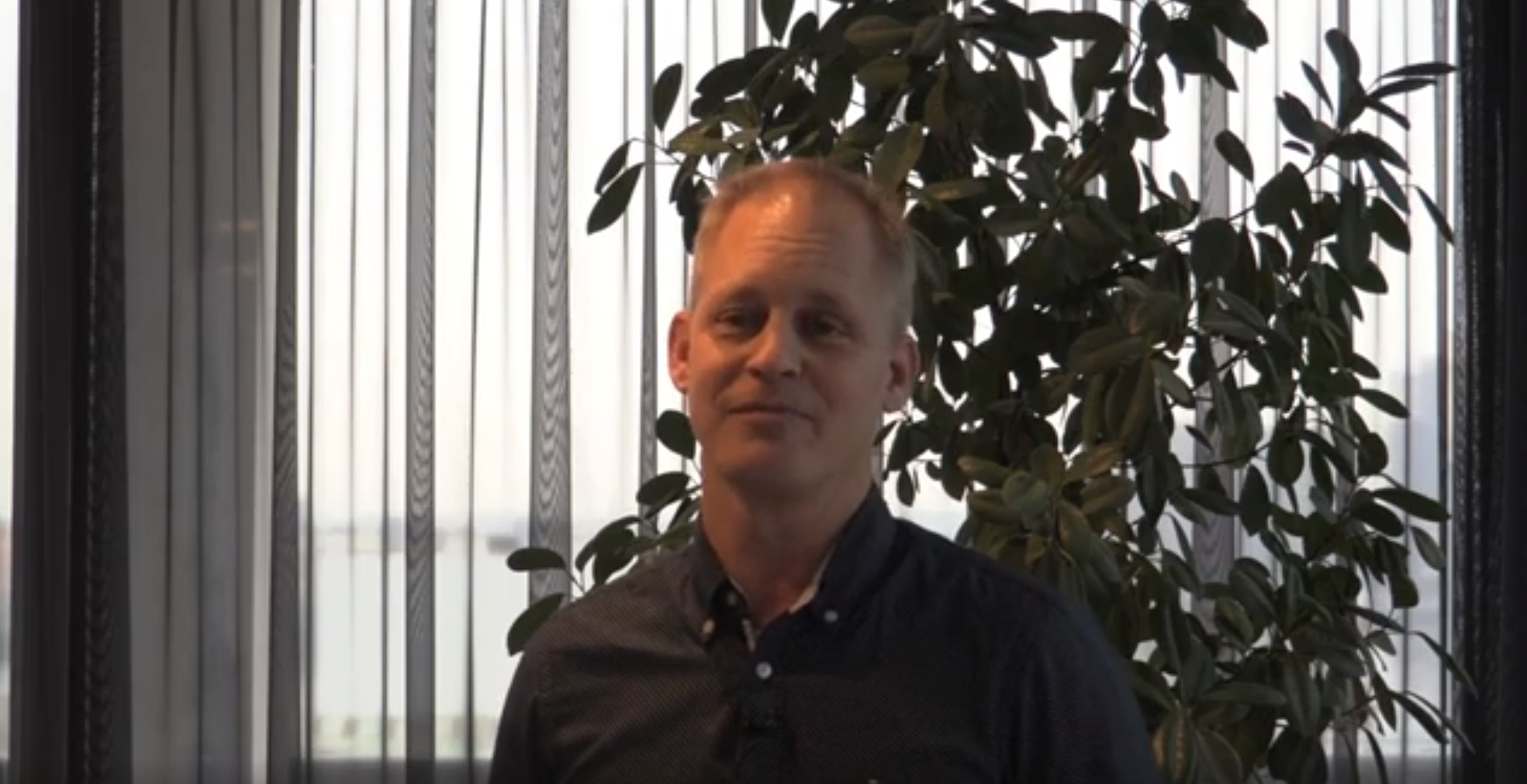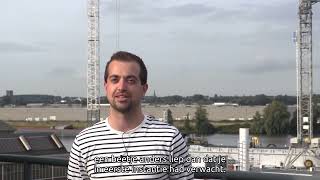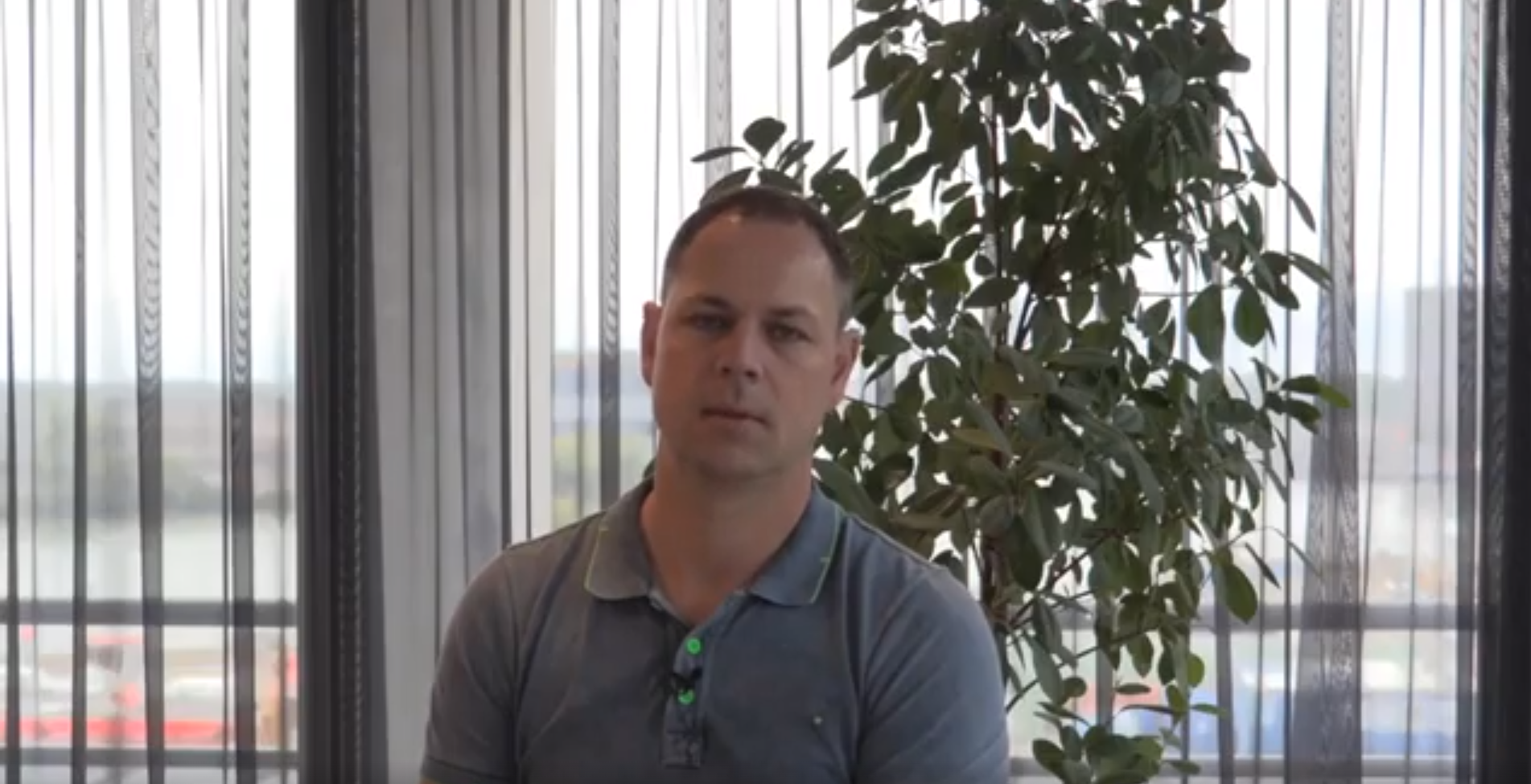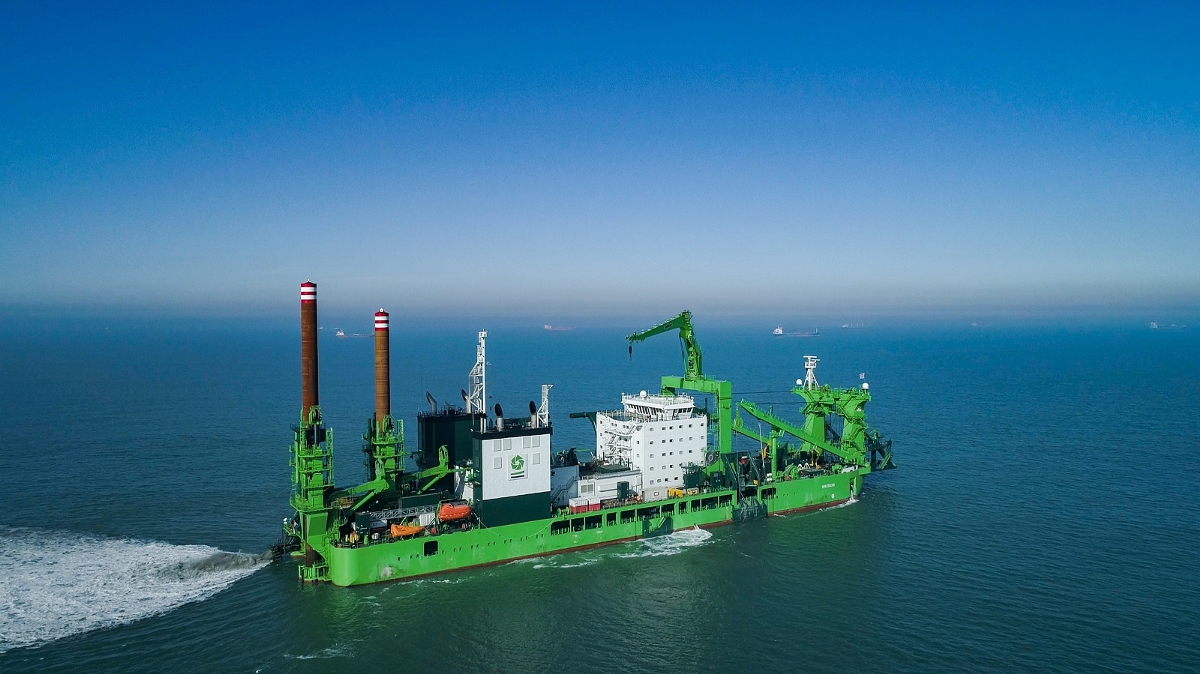
Cutter suction dredger Spartacus sets new standard
A true testament to the craftsmanship, dedication and unrivalled work ethic found within our organization.
Expertise and experience gained during construction give Royal IHC a technological head start for years to come. A perfect moment to chat with Project Manager Willem van den Noort.
Royal IHC has strengthened its position as market leader in the field of dredgers with the delivery of the cutter suction dredger Spartacus. On August 3, 2021, the CSD was handed over to the Belgian client DEME. The vessel sets a new standard for the dredging industry. Not only because the 164 meter long Spartacus is by far the largest and most powerful cutter suction dredger in the world, and the first to run on LNG, but also because of the many innovations on board. This results in unparalleled dredging potential, operational efficiency and sustainable performance.
Because many of the installed techniques had never been applied in these dimensions before, the design and construction process was a voyage of discovery, which Royal IHC and DEME took together – and in close collaboration with the many specialised suppliers. Although this resulted in additional costs and a delay that was unusual for Royal IHC, the knowledge and experience gained with this project (of the process and the applied technologies) gives the company a head start from which it will benefit for years to come. As will future clients.
Ground breaking ‘smart mega cutter’
The objectives were very ambitious from the start, says Willem van den Noort. Since the end of 2018, he has been responsible for the construction of the Spartacus as project manager on behalf of Royal IHC. “DEME wanted to create a vessel that was bigger, stronger, more efficient, smarter and greener than what existed until now. A 'smart mega cutter' that would push the boundaries in terms of hardness, autonomy and durability.”
The installed power comes in at 44,180 kW. This ensures an unprecedented cutter power of no less than 12,000 kW. And the cutter ladder is the heaviest ever built. “They are literally tapping into a new market with this vessel. The Spartacus can dredge harder soil than was previously imaginable, can work at greater depths, and works so efficiently that it can compete with existing vessels on other, less complex projects.”
30 percent CO2 savings
Noting DEME's aim to make its fleet more sustainable, the company opted for LNG. The Spartacus is therefore the very first cutter suction dredger that can sail and operate on less polluting liquid gas. Royal IHC had previously built the first hopper dredger on LNG: the Minerva, also on behalf of DEME. “But there is a big difference,” explains Willem van den Noort. “Much more is required of the installation and the ship due to the scorching hard ground for which a cutter suction dredger is used. The total operation is therefore much more dynamic in being able to deal with peaks and dips in required power. In addition, the vibrations on a large cutter suction dredger are so severe that everything you encounter on the ship has to be much heavier. This apart from the enormous increase in scale.”
The use of LNG, together with all kinds of smart techniques for recovering energy, results in a CO2 saving of approximately 30 percent. LNG is liquid due to the extremely cold temperature at which it is used: -162°C. That cold is used on the Spartacus to cool the air conditioning in the HVAC system. The heat from the exhaust gases from the engines is then reused by a steam generator that generates power for the on-board network.
Spartacus builder stories
Ground breaking ‘smart mega cutter’
The objectives were very ambitious from the start, says Willem van den Noort. Since the end of 2018, he has been responsible for the construction of the Spartacus as project manager on behalf of Royal IHC. “DEME wanted to create a vessel that was bigger, stronger, more efficient, smarter and greener than what existed until now. A 'smart mega cutter' that would push the boundaries in terms of hardness, autonomy and durability.”
The installed power comes in at 44,180 kW. This ensures an unprecedented cutter power of no less than 12,000 kW. And the cutter ladder is the heaviest ever built. “They are literally tapping into a new market with this vessel. The Spartacus can dredge harder soil than was previously imaginable, can work at greater depths, and works so efficiently that it can compete with existing vessels on other, less complex projects.”
30 percent CO2 savings
Noting DEME's aim to make its fleet more sustainable, the company opted for LNG. The Spartacus is therefore the very first cutter suction dredger that can sail and operate on less polluting liquid gas. Royal IHC had previously built the first hopper dredger on LNG: the Minerva, also on behalf of DEME. “But there is a big difference,” explains Willem van den Noort. “Much more is required of the installation and the ship due to the scorching hard ground for which a cutter suction dredger is used. The total operation is therefore much more dynamic in being able to deal with peaks and dips in required power. In addition, the vibrations on a large cutter suction dredger are so severe that everything you encounter on the ship has to be much heavier. This apart from the enormous increase in scale.”
The use of LNG, together with all kinds of smart techniques for recovering energy, results in a CO2 saving of approximately 30 percent. LNG is liquid due to the extremely cold temperature at which it is used: -162°C. That cold is used on the Spartacus to cool the air conditioning in the HVAC system. The heat from the exhaust gases from the engines is then reused by a steam generator that generates power for the on-board network.
Spartacus builder stories
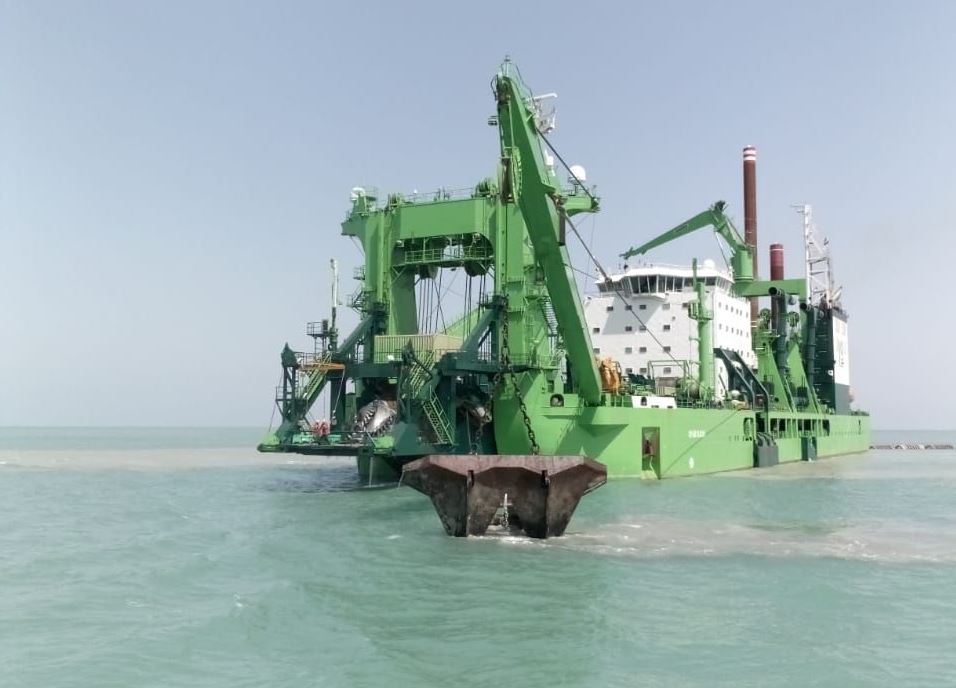
Sparring with specialists
For many sub-projects, Royal IHC and DEME have called in the help of specialists, with whom they collaborated as a construction team for the design, production and implementation of specific innovations. “We had a lot to discover and try out. Because it involved technologies that had never been applied before, and certainly not in these dimensions. Much was uncertain and sometimes the specialists did not agree. But everyone was solution-oriented, so it always worked out in the end. This approach took extra time, but ultimately yielded the best result.” Because no concessions were made to quality, reliability and safety.
Van den Noort gives an example: “The entire dredging installation consists of many parts that have never been made this large. Then you start to extrapolate, but you cannot extend that at a one-to-one scale. New phenomena are always involved. You determine the direction based on the specifications, but you cannot fully predict in advance how you will get there. And many of those innovations also influence each other in the planning.”
Creative solutions during construction
More than once creative solutions were needed for construction and installation. “A lot of parts were so heavy that we had to develop new lifting methods. Because of the length of the spuds, for example, they could not be placed by any floating trestle. That is why we had developed a special lifting tool. Thanks to this lifting tool, DEME can now replace the spuds themselves anywhere worldwide.”
Due to the weight of the cutter ladder (2,450 tonnes), Royal IHC called in Heerema for help. They used heavy lift vessel the Aegir to do the hoisting in the Caland Canal. “It was the first time for they did an inshore job like this. It is great to see how we can help each other out in this way within the Dutch Maritime Industry.”
Spartacus builder stories
30 times more computing power
This process took place under great time pressure. Even without all the innovations, it would have been difficult to meet the original delivery date, if only because of the scale. “Because it's never been done before, it's hard to predict how much you can load components and when they'll fail. For example, the cutter head and the shaft that drives the cutter head. The dredging sector works with high safety margins. If you want to calculate accurately with FEM models, the input must be correct. However, that input is not always known. Often the previous limit of an axle, for example, is known because it has remained intact in the past, but if you are going to design a new, larger axle with twice as much power… What will it do in practice?”
In the long Royal IHC history, the required computational capacity was never so large for the construction of a ship. Almost a factor of 30, Van den Noort estimates, taking into account the extra computer and manpower.
“We really spent months on math and modelling. At a local level, for example whether the foundation of an anchor winch would be strong enough, but also the ship as a whole and the interaction between parts. And meanwhile, at the request of the customer, we also strived to save as much weight as possible…”
Only yard that could handle this assignment
Before DEME awarded the order to Royal IHC in early 2017, a lot of basic engineering and drawing work had already been done by Vuyk Engineering, which was still part of Royal IHC at the time (but due to the confidentiality obligation and the 'chinese walls' within the organisation, this was a separate assignment). With that package, including contracts with a number of large suppliers, DEME started looking for a yard that could, and wanted to, build the Spartacus. In the end, the dredging specialist ended up at Royal IHC. “In hindsight, we were almost certainly the only ones who could build this ship. This thanks to our size, technological knowledge, craftsmanship and experience in the dredging sector.”
From day one, Royal IHC had close to a hundred people working on the engineering. “In this case, that was possible because we were able to make use of people from Vuyk in the beginning, who also had all the knowledge of the preliminary phase.”
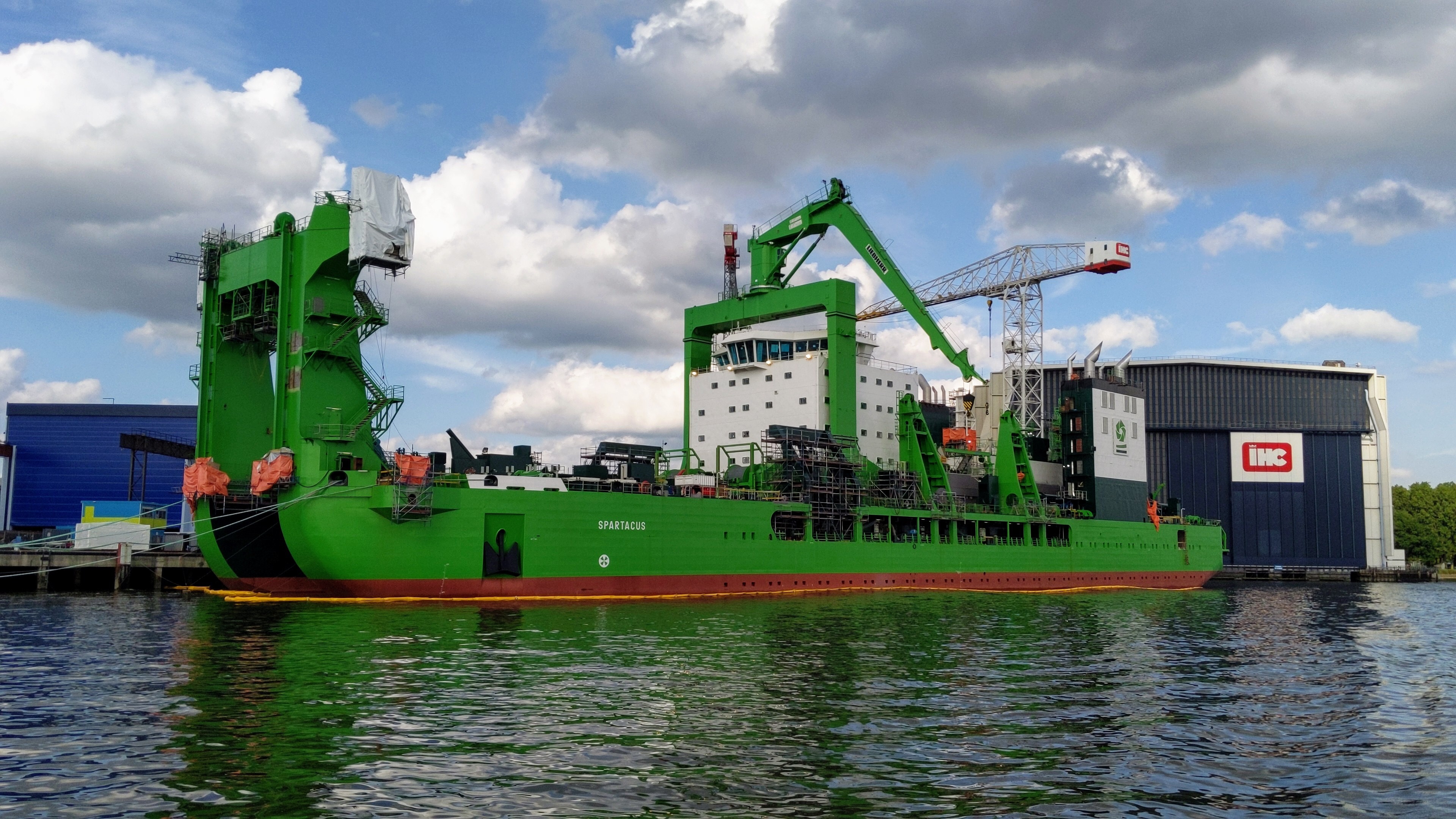
High operational efficiency
The first job for the Spartacus is the construction of the Abu Qir port in Egypt. Since the ground there is not that hard, the dredging power will not yet be put to the test. But that does not detract from the requirement of operational efficiency. “They score a lot higher on that thanks to the use of LNG as fuel. But there is much more. “The workability of a cutter suction dredger is determined by the number of productive hours per week. DEME has sophisticated spare parts logistics on board. Everything is available and the rooms are cleverly arranged, so that the necessary parts are always within reach and there is sufficient space to disassemble and rebuild a pump, for example. There is also a large welding workshop so that the cutter heads can be serviced on board instead of ashore.”
An indispensable factor in achieving the highest possible operational efficiency is the dredging automation on board. “The Spartacus can operate autonomously to a great extent. The systems are made by Royal IHC. Using sensors, less human work is required. This automation also ensures that there are fewer failure chances. If you can exclude human errors as much as possible, it results in extra productive hours.”
Pride
Thanks to the Spartacus project, the know-how within Royal IHC has grown enormously. Both technical (shipbuilding and dredging company) and process wise. “We have already applied a lot of the lessons learned in other projects. To give an example: that in the early stages we bring to the table both engineers and people from production. This way the engineers already know what the consequences are for production during the design phase. We have made great strides with the integration of the purchasing-engineering-work preparation-production chain.”
“We have also learned a lot in the field of contract and project management. Just like the planning, which, especially in the case of innovations, requires extra attention. We now work more often with scenarios and are better able to estimate and identify risks.”
It was a long, complex and exciting process, reflects Van den Noort. “I am proud that we managed to handle all those technical challenges beautifully. Simultaneously and under great time pressure. The knowledge, perseverance and resilience of the entire team has been incredible. As Royal IHC, we have more than confirmed our name as the market leader for the dredging world.”
